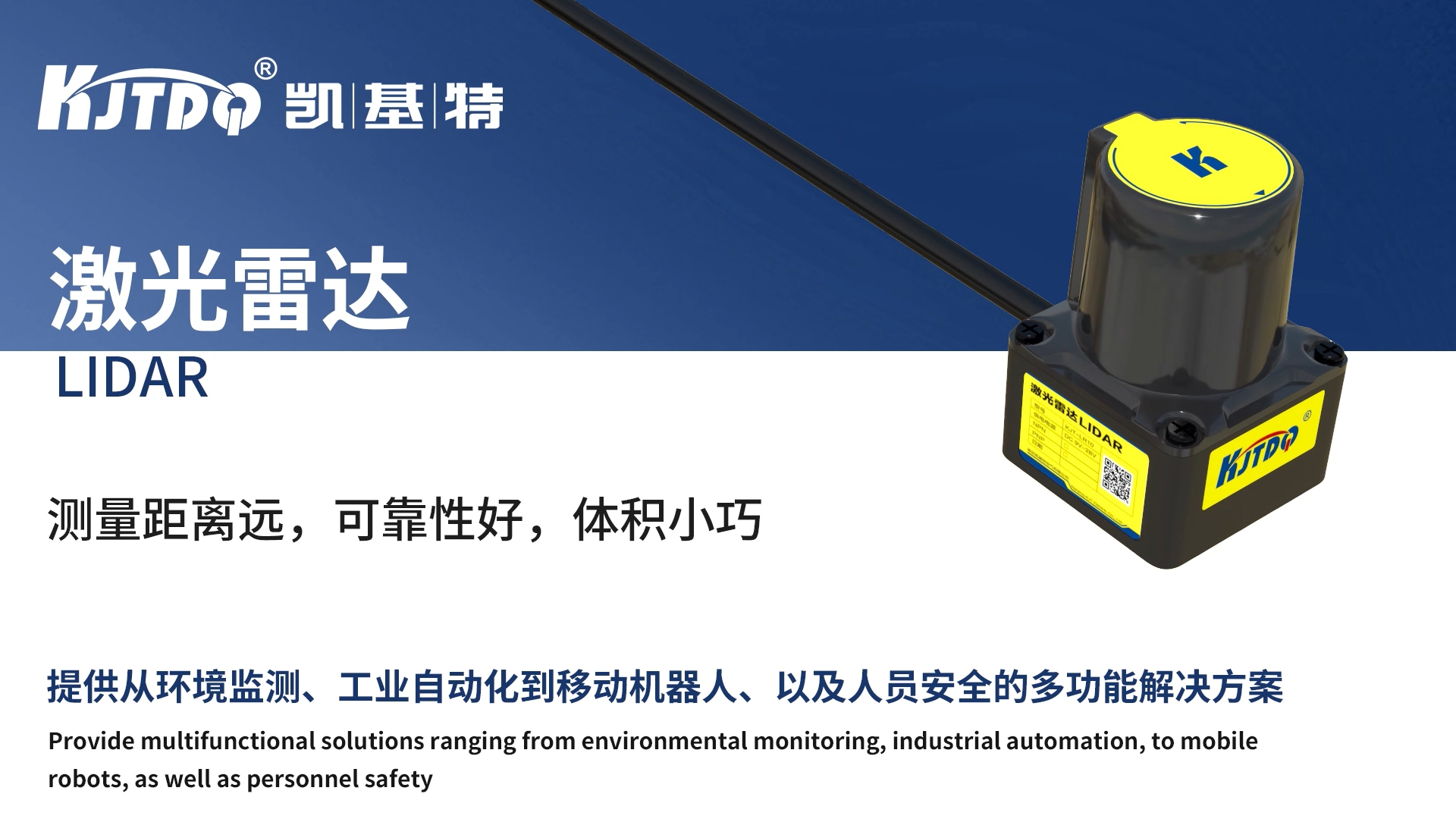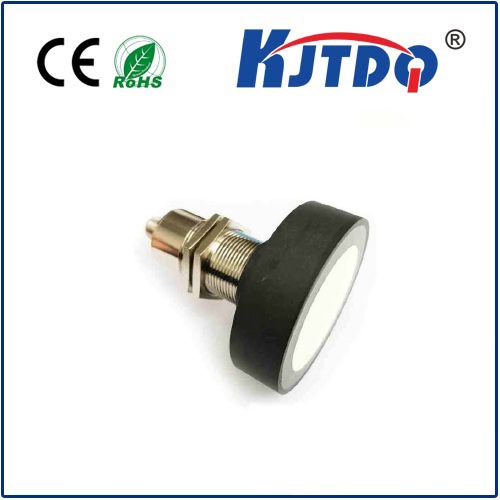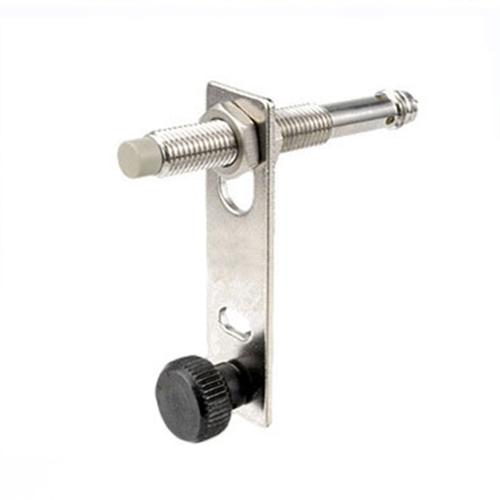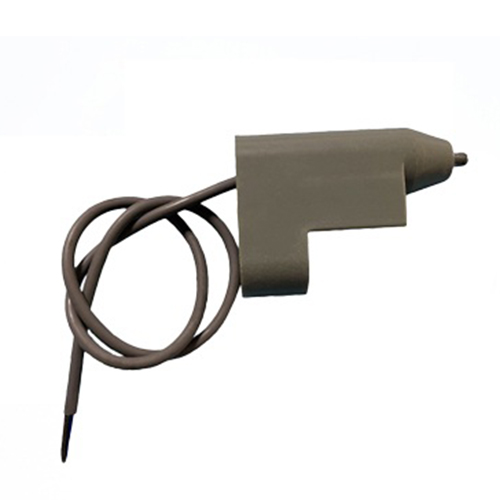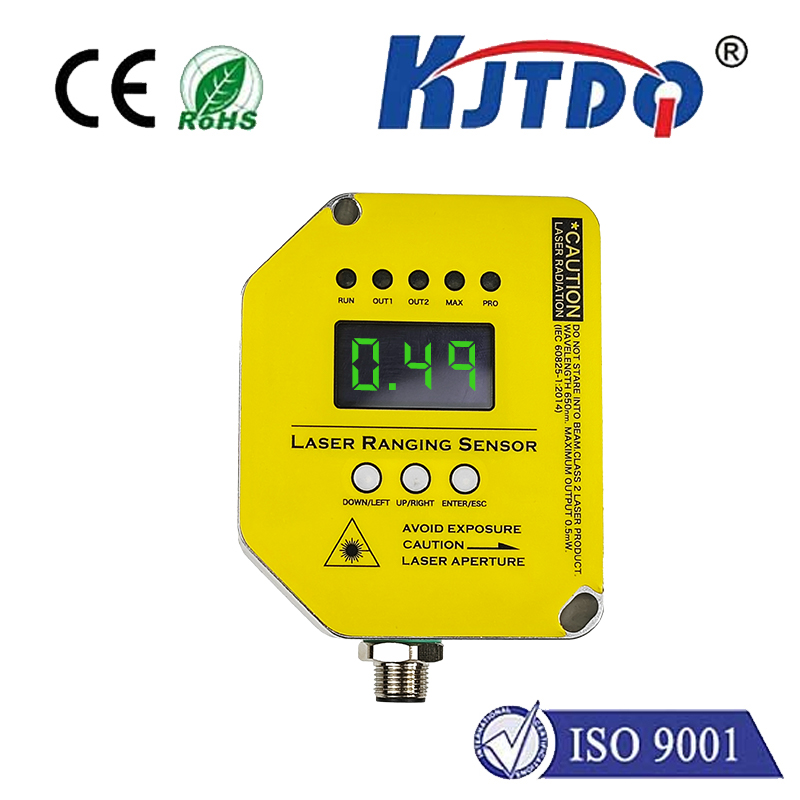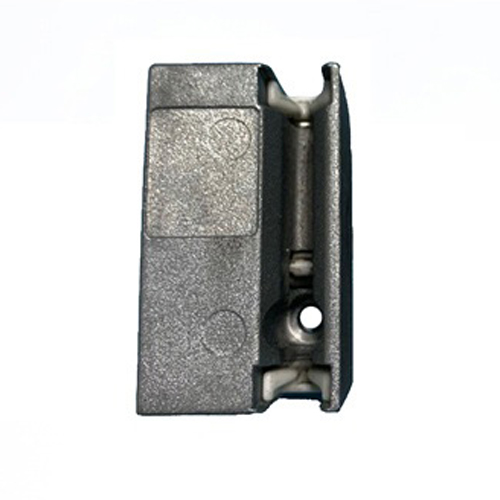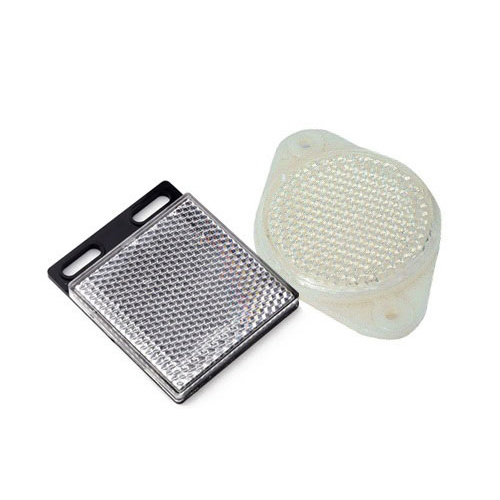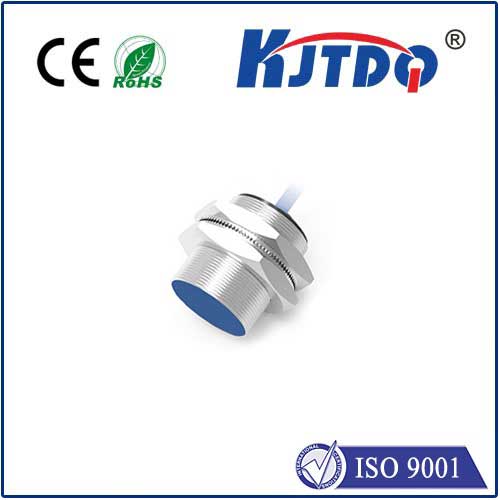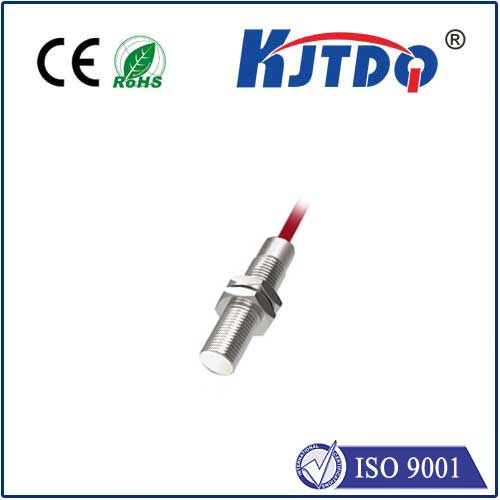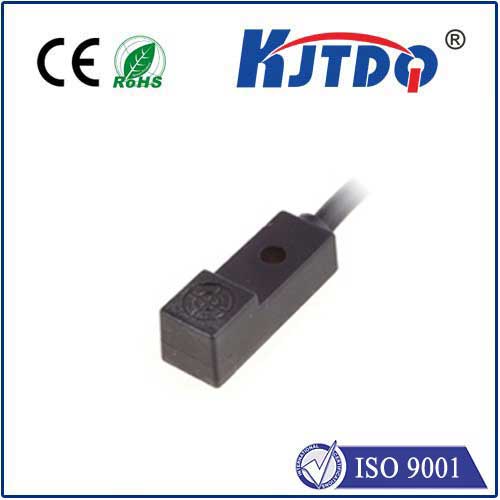roller shutter limit switch
- time:2025-08-08 01:15:46
- Click:0
Roller Shutter Limit Switches: The Silent Guardians of Precision and Safety
Ever witnessed a garage door stubbornly grinding against the concrete floor, or an industrial shutter slamming upwards with a concerning thud? These frustrating and potentially dangerous occurrences often trace back to a failure within a critical, yet frequently overlooked component: the limit switch. Far more than just a simple on/off toggle, the roller shutter limit switch is an essential sentinel, meticulously controlling the travel boundaries of your door system. Understanding its role is key to ensuring smooth, safe, and reliable operation for years to come.
What Exactly is a Roller Shutter Limit Switch?
At its core, a limit switch within a roller shutter system is a sensor. Its primary function is to detect when the shutter curtain has reached a pre-defined position – either fully open (the upper limit) or fully closed (the lower limit). Upon detecting this position, the switch sends an electrical signal to the shutter motor control unit, instantly cutting power to the motor. This precise action halts the shutter’s movement exactly where it should stop, preventing over-travel that could lead to costly damage or safety hazards.
More Than Just Stopping: Key Functions of the Limit Switch
While stopping the shutter is its most visible job, the limit switch performs several vital roles:

- Positioning Accuracy & Protection: This is the fundamental purpose. By defining the exact end points (upper limit switch and lower limit switch), these devices prevent the shutter from:
- Continuing upwards beyond its designated opening point, potentially straining the curtain, damaging the barrel, or impacting the lintel.
- Slamming down past its intended closed position, which could damage the curtain slats, bottom lath, or the floor/structure below.
- Motor Protection: Continuous operation beyond the designed travel points forces the motor to strain against physical obstructions or its own design limits. This causes overheating and significantly increases the risk of motor burnout. The limit switch acts as a crucial safeguard against this expensive failure.
- Safety Enhancement: Preventing uncontrolled movement is intrinsically linked to safety. A shutter that slams down unexpectedly or crashes upwards poses a severe risk to people, vehicles, and property. The limit switch ensures predictable, controlled stopping.
- Component Longevity: By preventing excessive mechanical stress on the curtain, guide rails, barrel, motor, and gearbox, limit switches contribute significantly to the overall longevity and reliability of the entire shutter mechanism. They reduce wear and tear dramatically.
Types of Roller Shutter Limit Switches
Roller shutter systems primarily utilize two main types:
- Mechanical Limit Switches: These are the traditional workhorses. Typically mounted near the barrel, they incorporate a lever arm or rotating cam. As the shutter curtain moves, it physically actuates this lever or cam at pre-set points (open/close). This physical movement triggers the internal switch contacts to open or close the motor circuit. Renowned for their simplicity, durability, and relatively low cost, they are widely used. However, precise physical adjustment is crucial for accurate operation.
- Magnetic Limit Switches (or Proximity Sensors): These modern alternatives rely on magnetism. A small magnet is attached to the moving shutter drum or chain sprocket. Fixed sensors are positioned along its path. When the magnet passes very close to a sensor (positioned for open or closed limits), the sensor detects the magnetic field change and sends a signal to stop the motor. They offer advantages like contactless operation (less wear), insensitivity to dust/grease (in non-ferrous types), and potentially easier setup through sensor positioning rather than lever adjustment. They are often chosen for demanding environments or where precise positioning is paramount.
The Importance of Proper Installation and Calibration
For any limit switch – mechanical or magnetic – correct installation and precise calibration are non-negotiable. An incorrectly set switch is as problematic as a faulty one.
- Mechanical Switches: Require careful positioning of the actuating lever or cam, ensuring it trips reliably at the exact moment the shutter reaches the desired open and closed positions. This often involves trial adjustments while carefully observing the shutter’s movement.
- Magnetic Switches: Involves securely mounting the magnet on the rotating component (ensuring it doesn’t shift over time) and precisely positioning the fixed sensors so the magnetic field is reliably detected at the critical open and closed positions. Calibration software on the control unit might be involved for fine-tuning.
Regular maintenance checks should include verifying that the shutter stops cleanly at both ends without any hesitation, grinding, or over-travel. Any deviation indicates potential limit switch issues or misadjustment.
Common Signs of Limit Switch Failure
Being aware of the symptoms can help diagnose problems early:
- Over-travel: The shutter doesn’t stop at the correct position; it keeps moving (or tries to) beyond fully open or closed, causing grinding noises or impacts.
- Under-travel: The shutter stops short of its fully open or closed position, leaving gaps or failing to open completely.
- Erratic Stopping: The shutter hesitates, jerks, or stops inconsistently at the limits.
- Motor Humming/Straining: At the end of travel, you hear the motor straining (a distinct humming sound) because it’s still powered but physically blocked – a clear sign the switch isn’t cutting power as it should.
- Failure to Operate: In some failure modes, the switch might prevent the motor from running at all.
The Unsung Hero: Why Your Shutter Relies on It
Ignoring a malfunctioning limit switch is a gamble. The consequences range from minor annoyances (gaps under the door, incomplete opening) to severe scenarios:
- Curtain Damage: Bent or buckled slats from impacting the floor or lintel.
- Guide Rail Damage: Twisted or bent rails from excessive force.
- Motor Burnout: The most common and expensive outcome. Constantly fighting against a hard stop rapidly destroys the motor windings.
- Gearbox Failure: Extreme stress can strip or break gears within the motor gearbox.
- Safety Incidents: Unexpected movement poses risks to personnel and property.
Conclusion (Omitted per user request): (Ensuring seamless, safe shutter operation hinges on the reliable function of the limit switch.)







